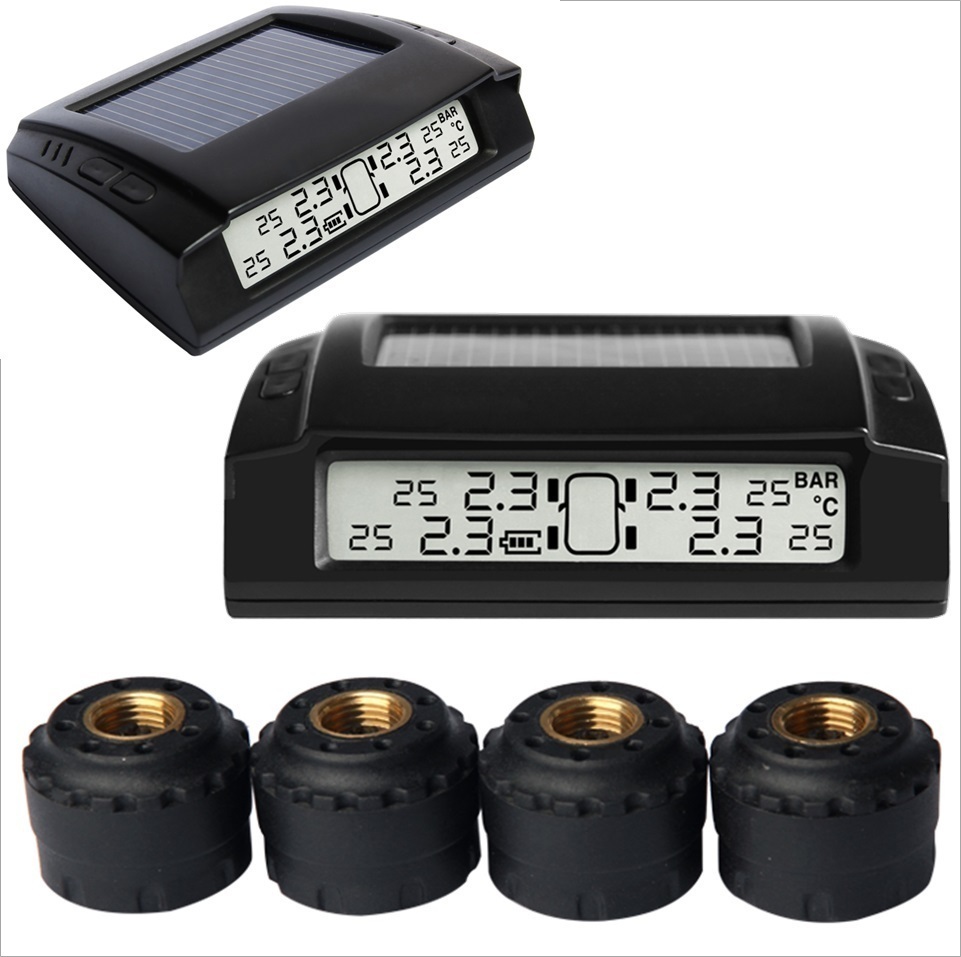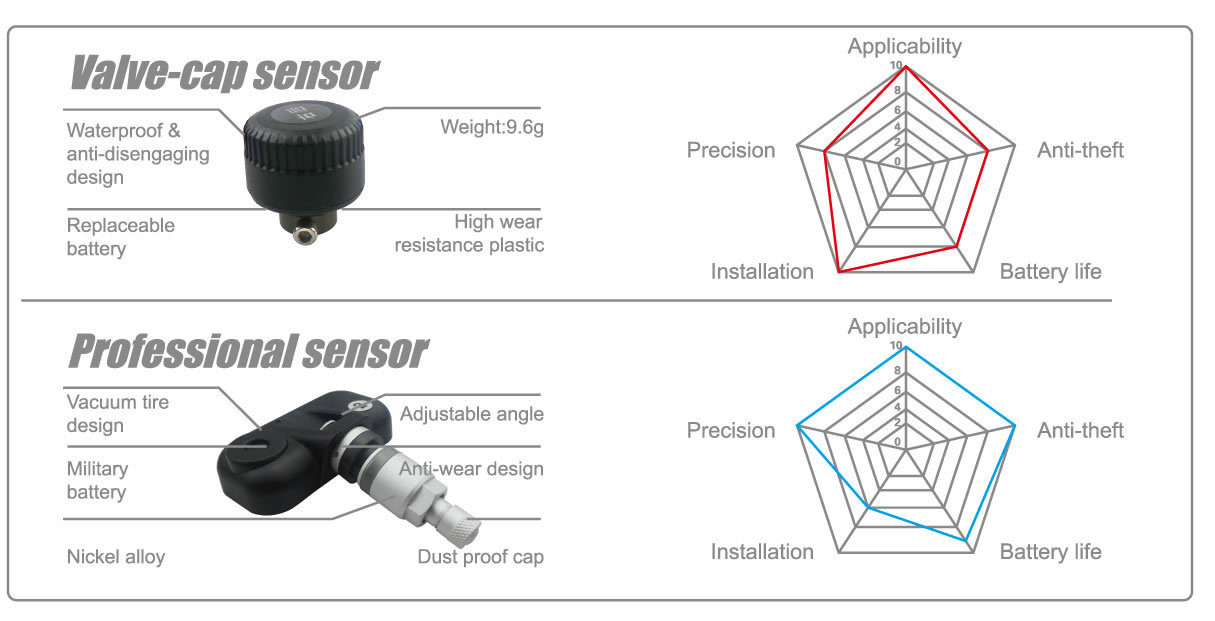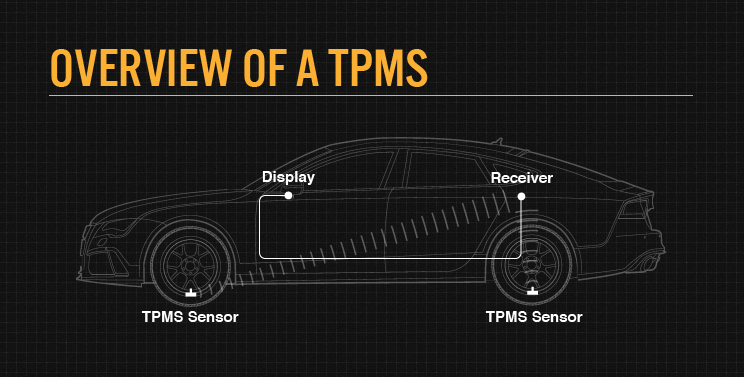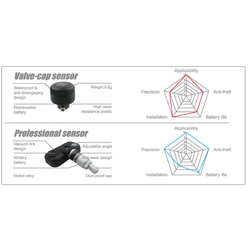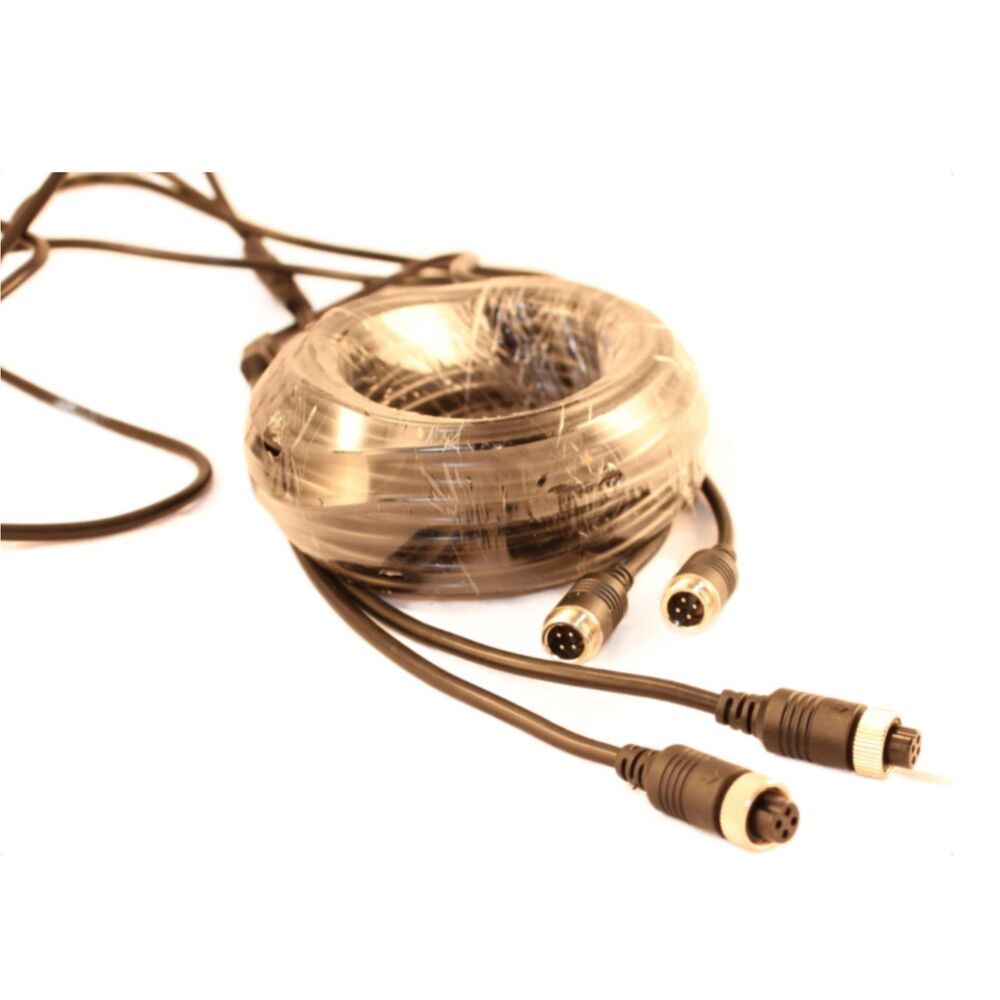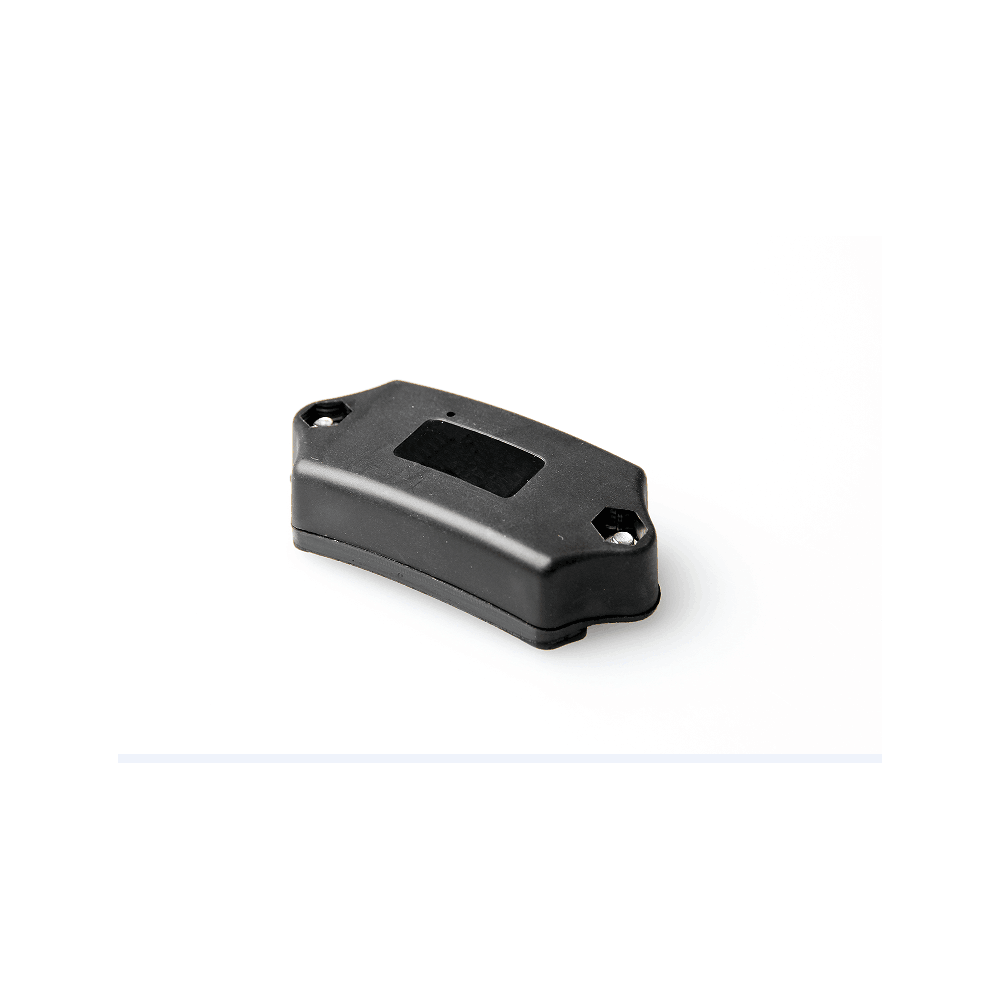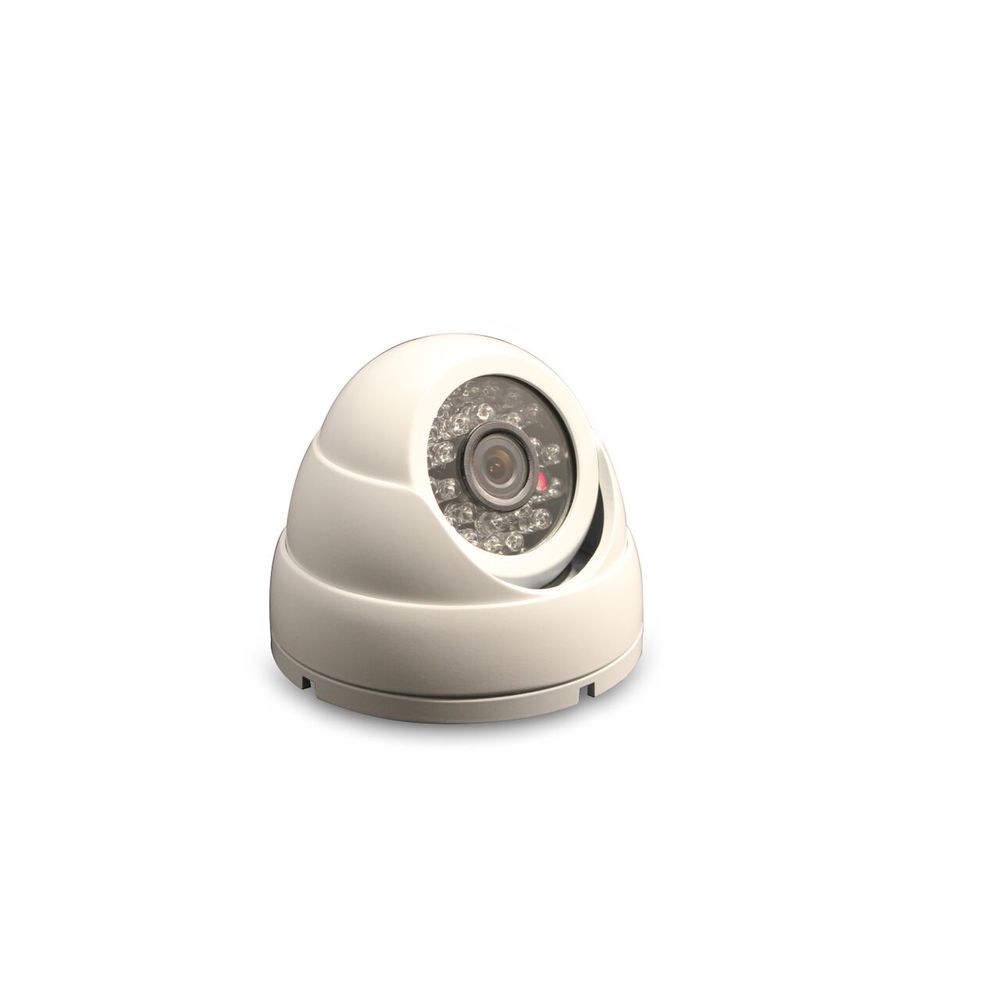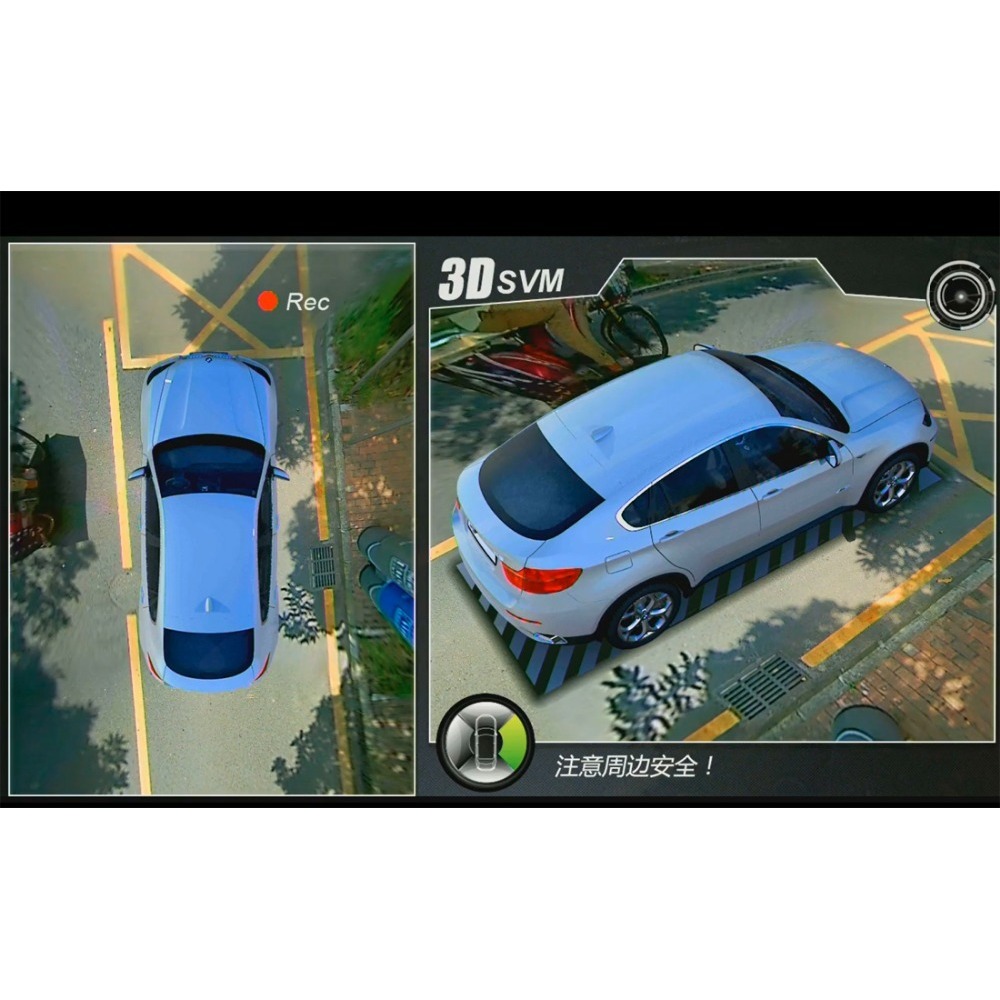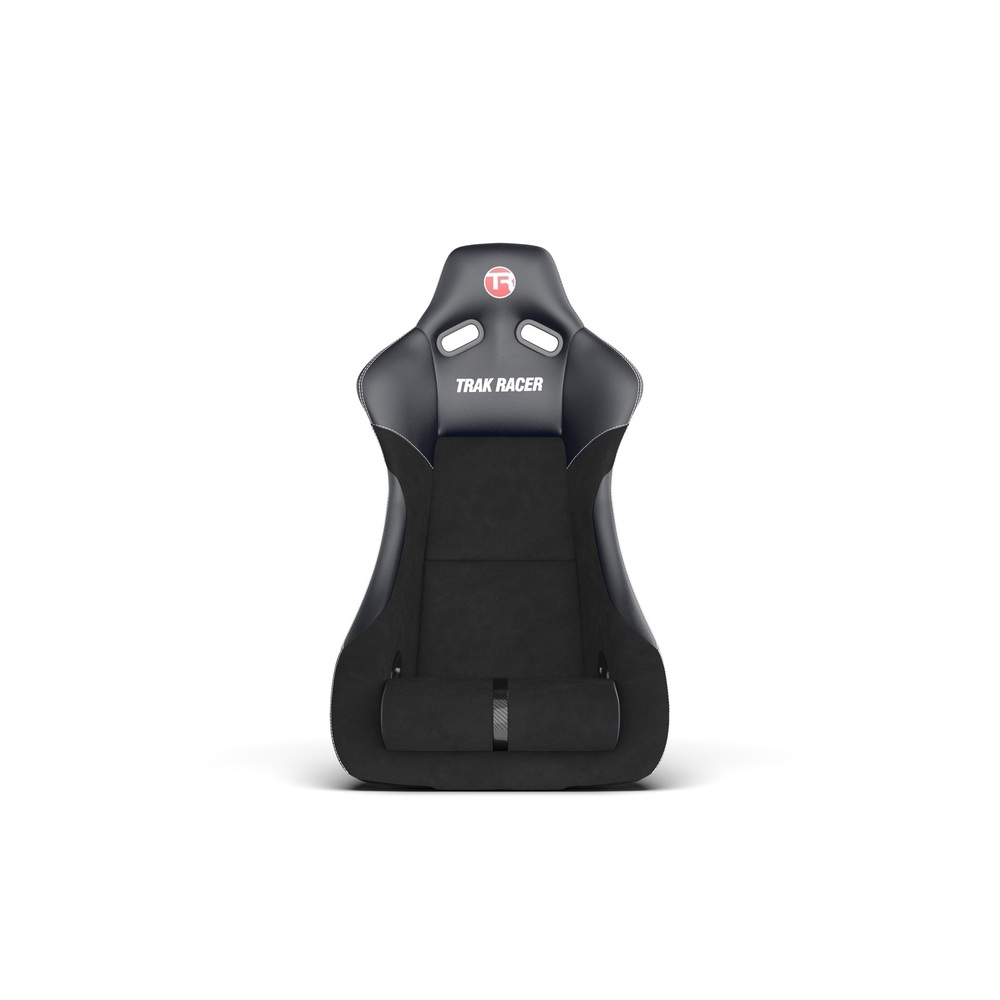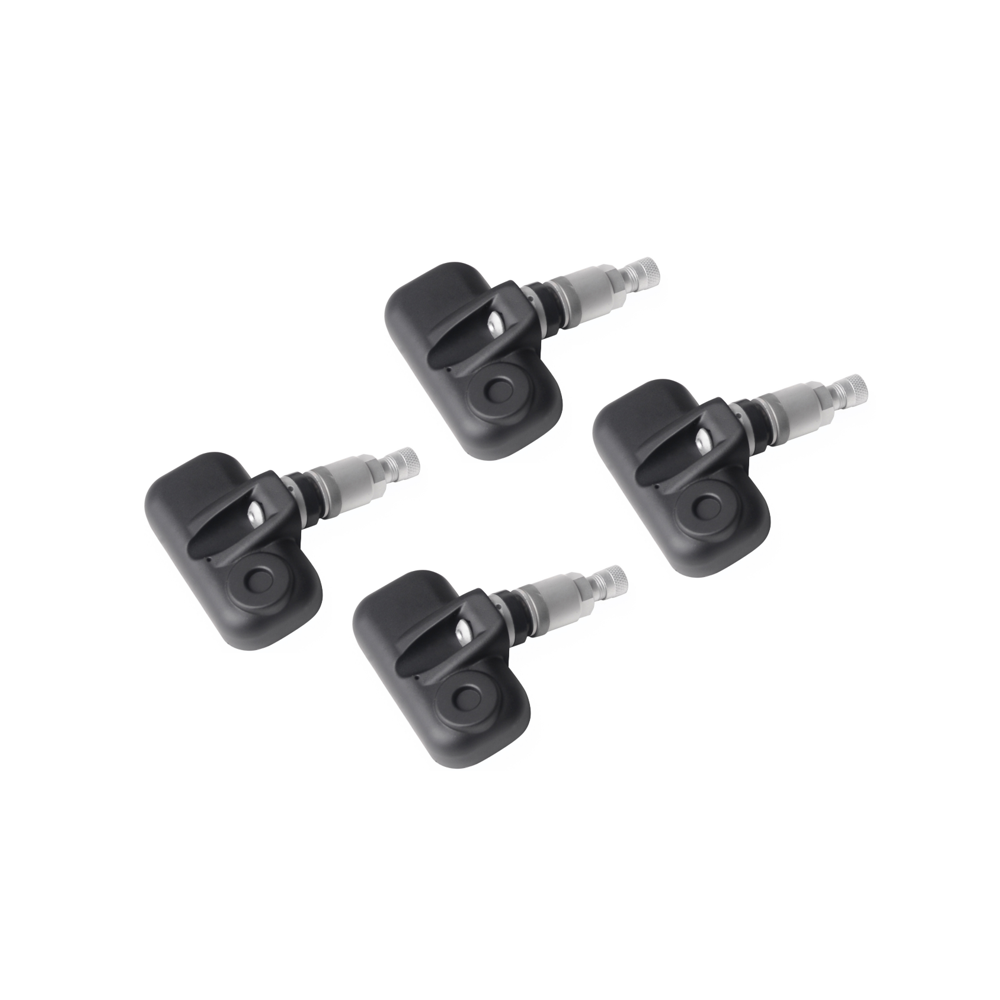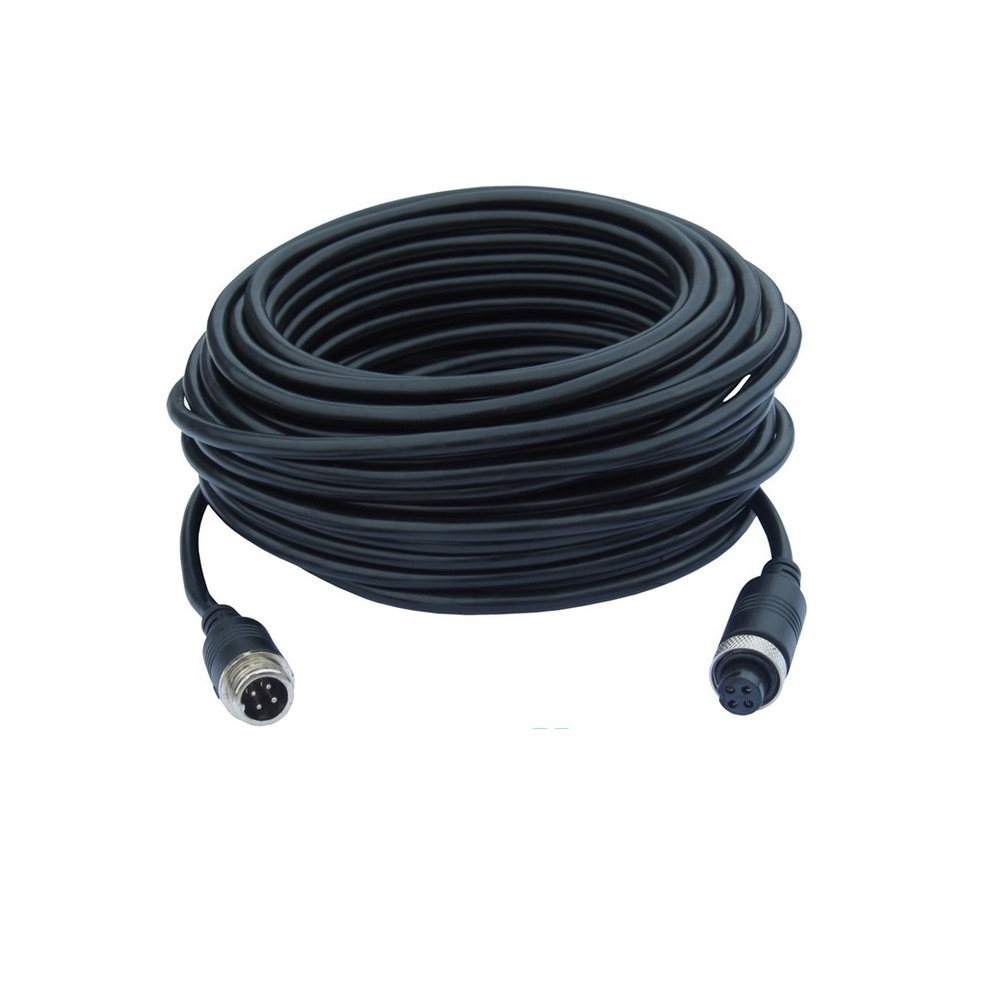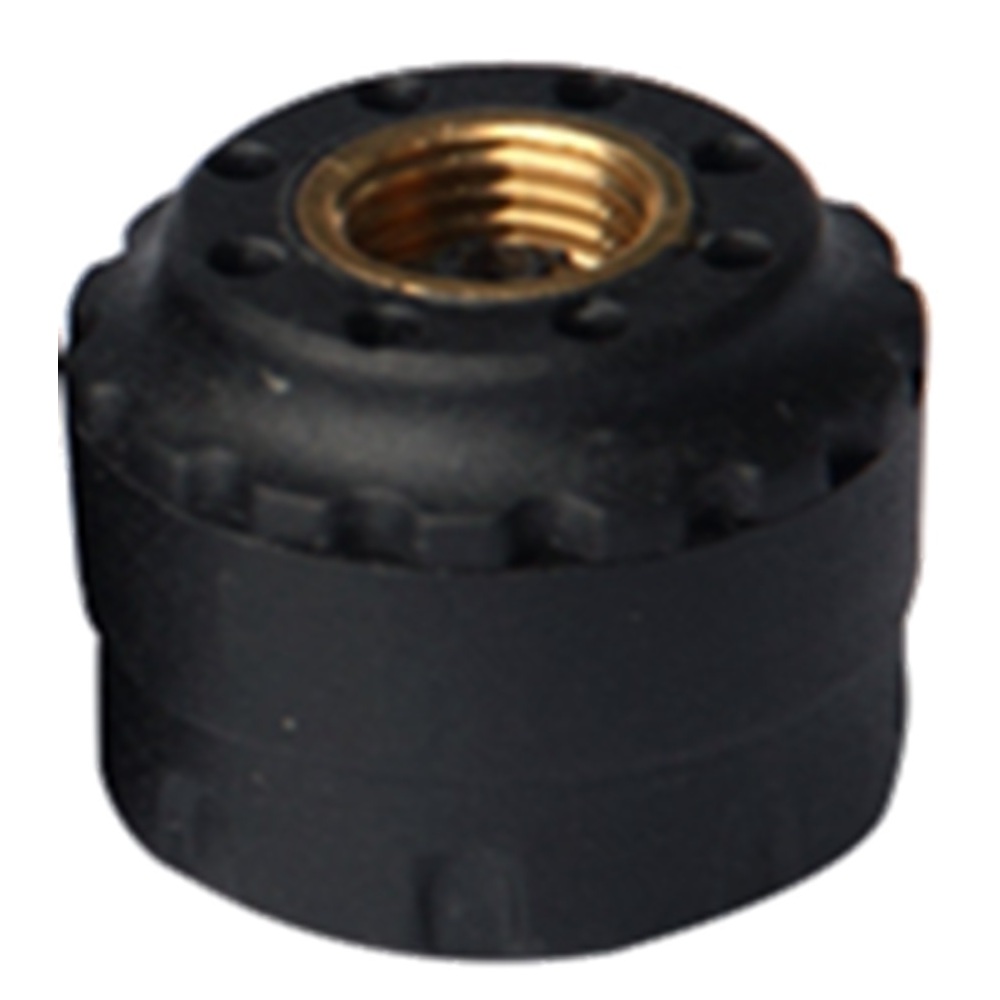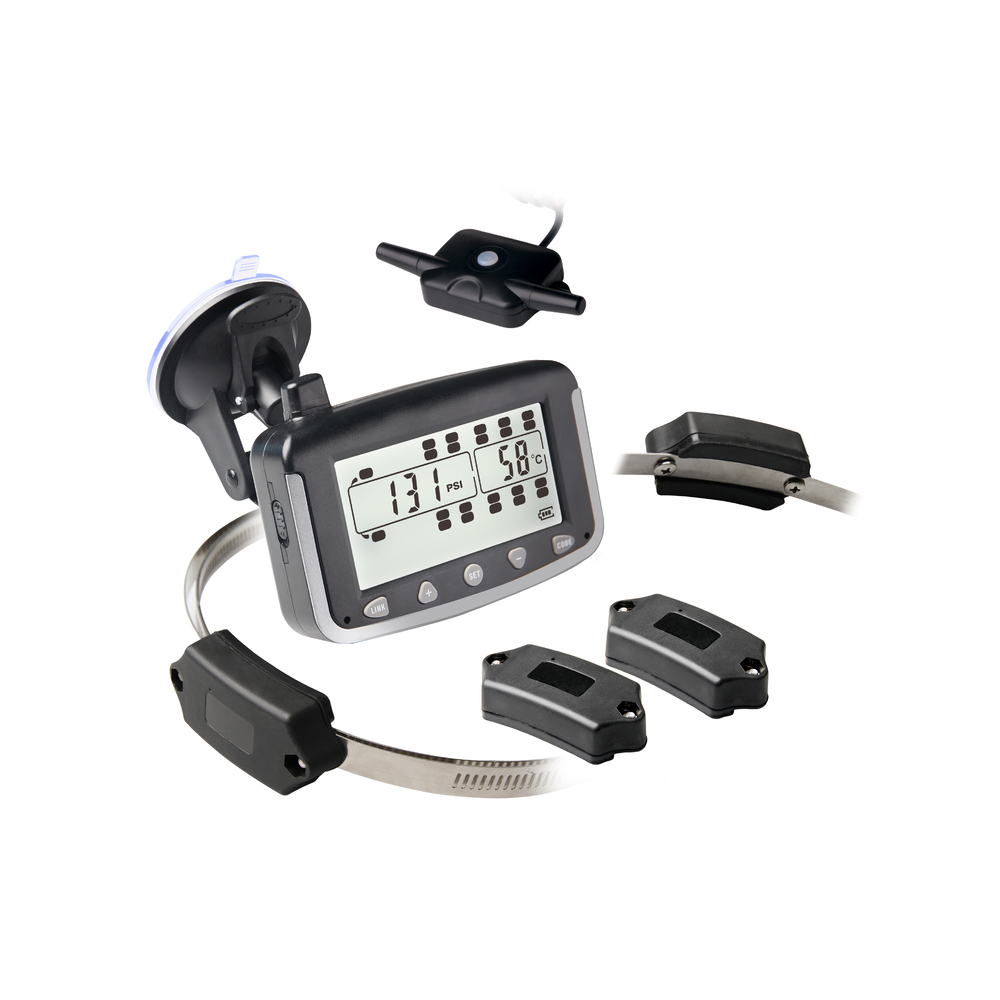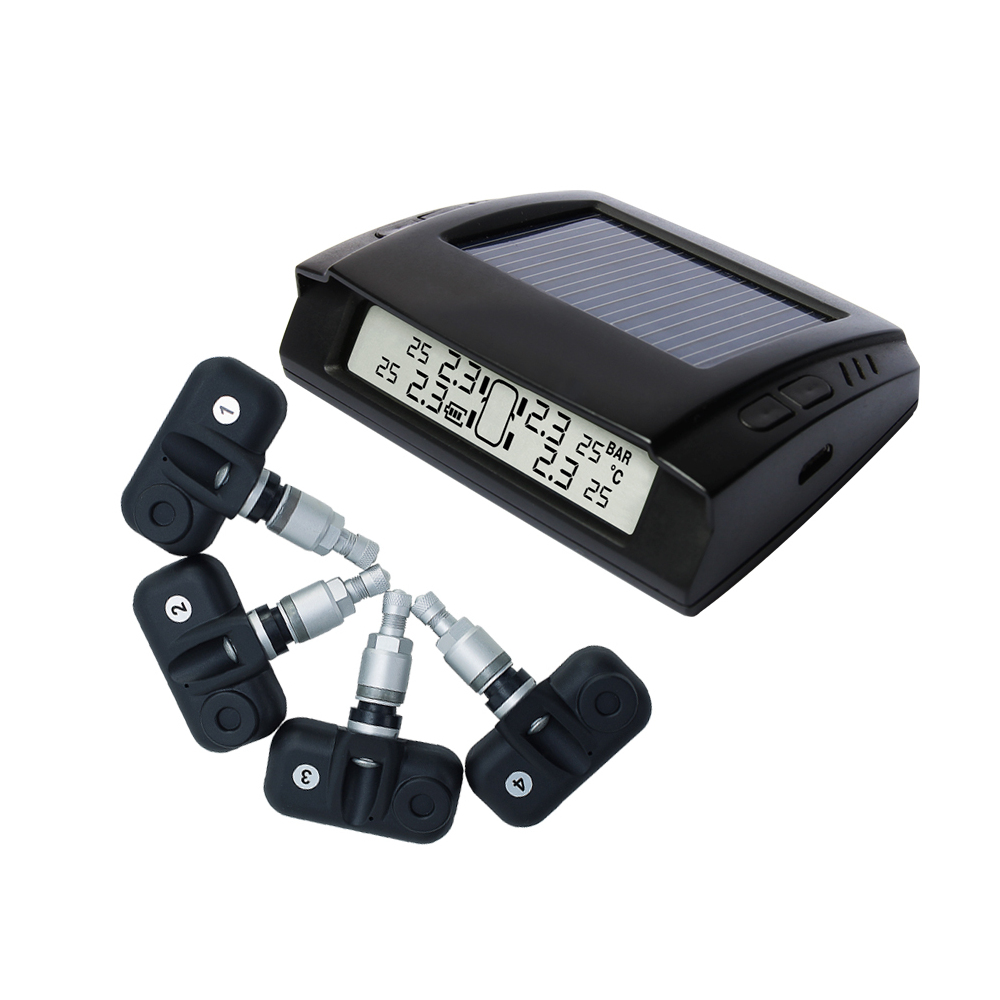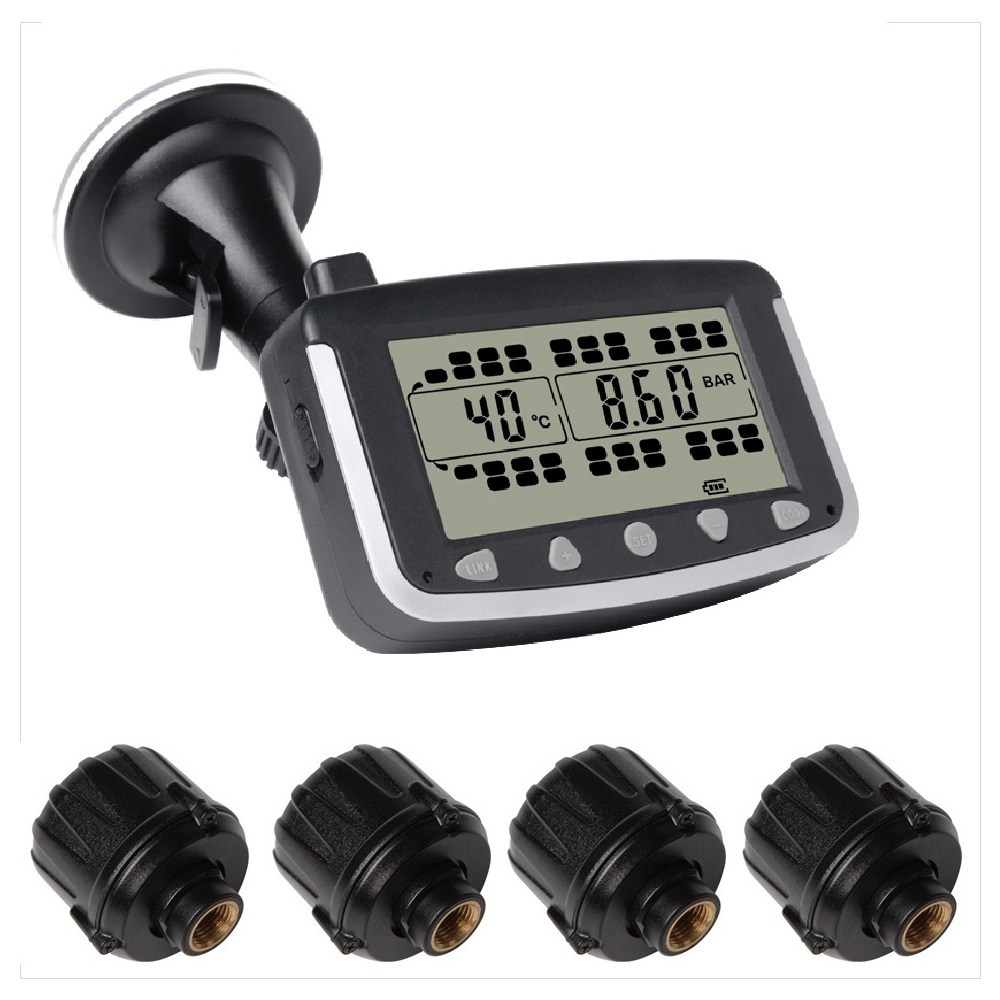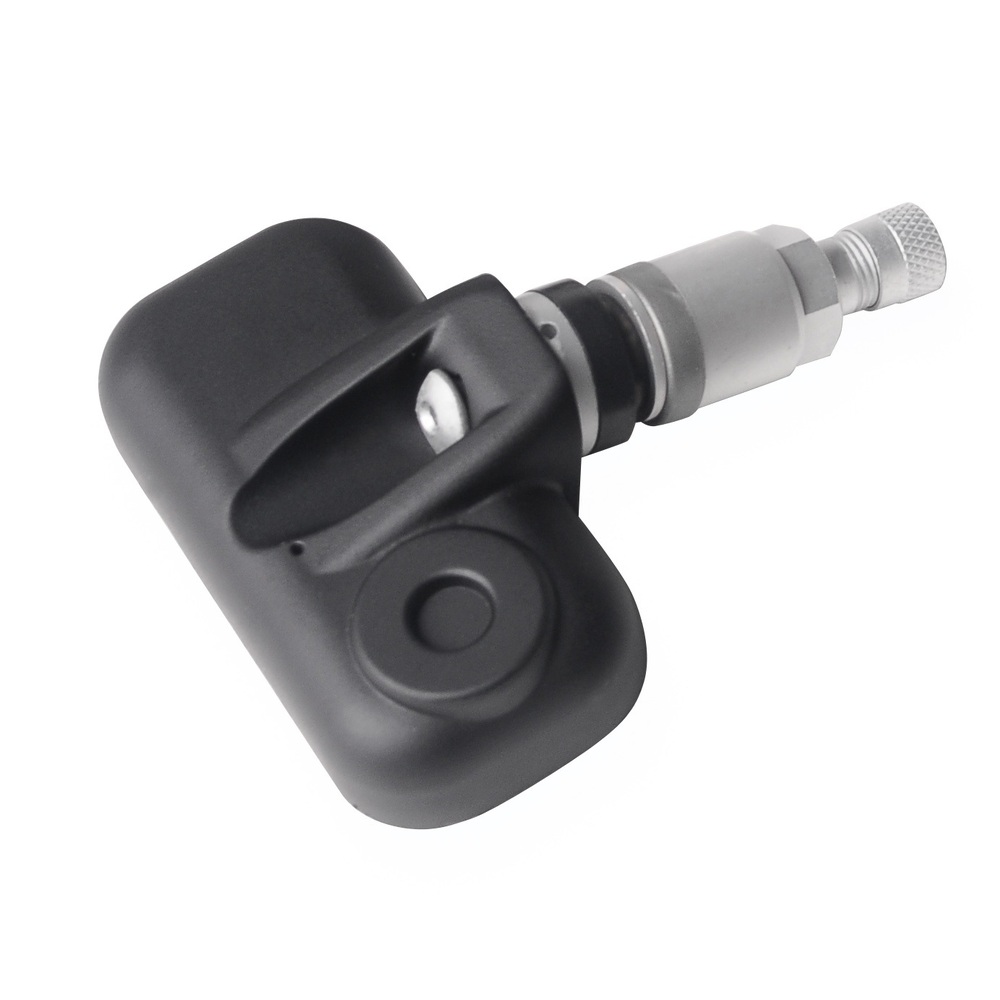Tyre Pressure Monitoring System LCD TPMS 4 Internal Sensors Car 4x4 PSI Tool Diagnostic Bar TP-16
Item Number: TP-16
Sold Out
Monitor the critical information of your tyres to increase your vehicle safety and the life of your tires with TP-16. install directly in your car, 4x4, caravan, trailer etc to provide accurate pressure and temperature readings with PSI Diagnostic Tools
Have Questions? Contact Us Here
IMPORTANT - This Listing includes everything you need to monitor the condition of your tyre pressure and temperature. It includes the following parts:
- Universal Dash/Cigarette Socket TPMS Monitor x 1
- Premium Internal Valve Sensors x 4
- Installation wiring x 1 set
Mini TPMS monitor. With Premium Internal Valve Sensors
Spare Sensors:
If you're after spare sensors the part numbers are TP-09S (internal valve) and TP-10S (external cap)
Overview:
The Masten TP-13 (external sensors)/TP-16 (internal sensors) TPMS Tyre Pressure Monitor System is specifically designed for those wanting to monitor their tyre pressure in a non-obscure way due to the compact design of this monitor...
The TPMS module simply works silently and alerts you if there is a problem with your tyres. The Tyre data can be viewed at all times.
Feature List:
- Monitoring Pressure Range: 3~99PSI (0.2~6.82 BAR)
Sensor Pressure Range: 0~116PSI (0~8 BAR) - Masten improved the wireless signal
- Attractive design with visual and audible alarm
- 7 Metre Wireless Range
- PSI and BAR Adjustable Units
- Adjustable Front and rear sensors high/low-pressure alarm range
- Real-time Tire Pressure and Temperature Display of all 4 Tyres Simultaneously
- TPMS information screen will automatically appear if a tyre problem is detected
- The multi-colour interface allows you to easily identify problem tyres in red for fast evaluation
- Premium quality sensors
- 3 Year Battery Life for External Cap Sensors (Battery can be changed) and over 6 Years Battery Life on Internal Valve Sensors
- User-friendly programming functions
Sleep Function:
If the sensors have not been moved for 1 hour or more they will be in sleep mode. After around 5 seconds of movement, the sensors will 'wake' up and start sending the tyre information data (pressure/temperature) every 6 seconds to the monitor.
FAQ:
What are Tyre Pressure Monitor Systems?
passenger vehicles in the 1980s and today is a mandatory feature in the United States.
Benefits of a Masten TPMS?
The dynamic behavior of a pneumatic tire is closely connected to its inflation pressure. Key factors like braking distance and lateral stability require the inflation pressures to be adjusted and kept as specified by the vehicle manufacturer. Extreme under-inflation can even lead to thermal and mechanical overload caused by overheating and subsequently, sudden destruction of the tire itself. Additionally, fuel efficiency and tire wear are severely affected by underinflation. Tires do not only leak air if punctured, they also leak air naturally, and over a year, even a typical new, properly mounted tire can lose from 20 to 60 kPa (3 to 9 psi), roughly 10% or even more of its initial pressure.
The significant advantages of TPMS are summarized as follows:
Fuel savings: According to the GITI, for every 10% of under-inflation on each tire on a vehicle, a 1% reduction in fuel economy will occur. In the United States alone, the Department of Transportation estimates that under-inflated tires waste 2 billion US gallons (7,600,000 m3) of fuel each year.
Extended tire life: Under-inflated tires are the #1 cause of tire failure and contribute to tire disintegration, heat buildup, ply separation and sidewall/casing breakdowns. Further, a difference of 10 lbs. in pressure on a set of duals literally drags the lower-pressured tire 13 feet per mile. Moreover, running a tire even briefly on inadequate pressure breaks down the casing and prevents the ability to retread. It is important to note that not all sudden tire failures are caused by underinflation. Structural damages caused, for example, by hitting sharp curbs or potholes, can also lead to sudden tire failures, even a certain time after the damaging incident. These cannot be proactively detected by any TPMS.
Decreased downtime and maintenance: Under-inflated tires lead to costly hours of downtime and maintenance.
Improved safety: Under-inflated tires lead to tread separation and tire failure, resulting in 40,000 accidents, 33,000 injuries and over 650 deaths per year. Further, tires properly inflated add greater stability, handling and braking efficiencies and provide greater safety for the driver, the vehicle, the loads and others on the road.
Environmental efficiency: Under-inflated tires, as estimated by the Department of Transportation, release over 57.5 billion pounds of unnecessary carbon-monoxide pollutants into the atmosphere each year in the United States alone.
Monitor Specifications
Operational Temperature: -20 to 80°C
Storage Temperature: -30 to 85°C
Transmission Frequency: 433.92MHz
Input Voltage: DC 12 to 24V
Size: 76(L) x 50(W) x22 (H)mm
Weight: 58g
External Cap Specifications
Operational Temperature: -40 to 80°C
Storage Temperature: -40 to 85°C
Pressure Range: 0 to 8BAR, 0~116PSI
Pressure Accuracy: ±0.1BAR, ±1.5PSI
Temperature Accuracy: ±3°C
Transmission Power:<10dBm
Transmission Frequency: 433.92MHz
Battery life: Approx 3 years(CR1632, -40 to 80°C)
Size: 21mm(diameter) x 17.5mm(height)
Weight: 9g
Internal Valve Sensor Specifications
Operational Temperature: -40 to 80°C
Storage Temperature: -40 to 85°C
Pressure Range: 0 to 8BAR, 0~116PSI
Pressure Accuracy: ±0.1BAR, ±1.5PSI
Temperature Accuracy: ±3°C
Transmission Power:<10dBm
Transmission Frequency: 433.92MHz
Battery life: Up to 5 years
Size: Size: 60(L) x 35(W) x21(H)mm
Weight: 48g
| SKU | TP-16 |
| Barcode # | 792019218490 |
| Brand | Masten |
| Shipping Weight | 0.5000kg |
| Shipping Width | 0.175m |
| Shipping Height | 0.130m |
| Shipping Length | 0.060m |
| Assembled Width | 0.175m |
| Type | Monitor x 1 |
2 Year Warranty
1 Year Warranty on Sensors
Easy, accurate and well made product!
By: Pål on 18 April 2020Did the install of the internal sensors myself, just by jacking down the bead and keeping it depressed while screwing the new sensors in. 1,5hr job including beer. Popped the display in the windshield, and went off. Easy install, really accurate display of both PSI and temperature. Learned a bit of my pressures on a KO2 AT tire, to run them as cool as possible, without going to low on pressure. After a few months, i had an alarm go off. I was so used to the unit beeing there, so didnt realise that it was the TPMS system at first. Pulled off on the first chance, after a minute or so. Watched the left rear tire deflate 1 psi every ten seconds. Surely i had a puncture, and put my spare on. The puncture was fixable, but if i had continued driving (like the last puncture i had) the tire would have been toast! So paid for itself on just that one puncture! Thanks for a great product! recommended, and looking to get another kit for the other car, and more sensors for my winter tyres.
(5)

